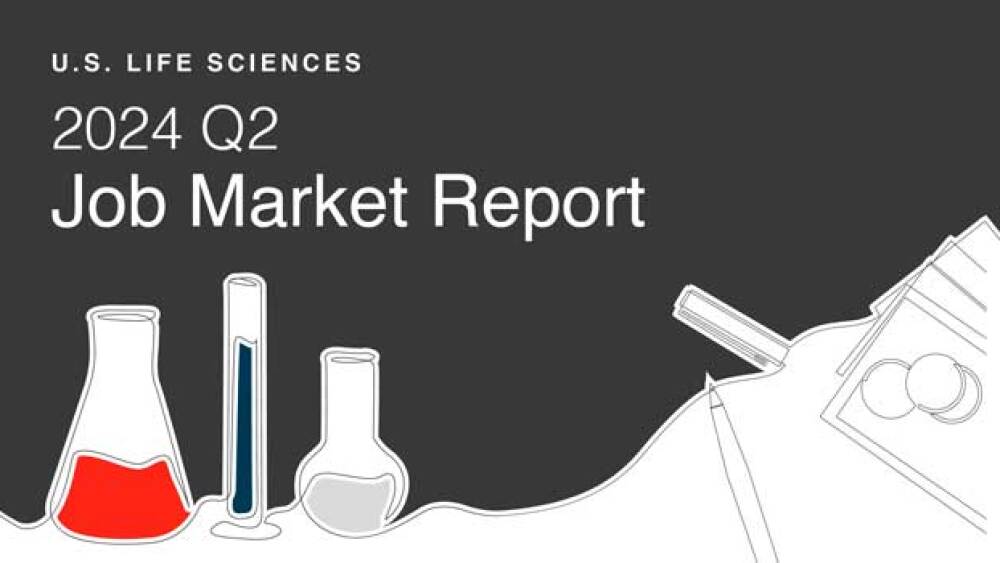News
In May, Summit released early data from the Phase III HARMONi study showing that while the PD-1/VEGF inhibitor resulted in significant progression-free survival improvements, it fell short of the overall survival bar.
FEATURED STORIES
While the FDA is trumpeting this new initiative as “sweeping reforms” to the way drug companies can advertise, experts say the regulator is going after a problem that doesn’t exist.
The FDA has vowed to fix a pharma ad loophole—but they’re targeting the wrong one.
The patient-specific nature of autologous cell therapies presents unique challenges that can best be addressed by a middle path between on-site and centralized manufacturing.
Job Trends
For the second quarter of 2024, there were 25% fewer jobs posted live on BioSpace compared to the same quarter of 2023. The year-over-year job response rate rose from 14.6% to 15.3%.
FROM OUR EDITORS
Read our takes on the biggest stories happening in the industry.
Following restricted vaccine approvals and changes to CDC immunization schedules, Merck, Pfizer, GSK and Sanofi are all suffering revenue hits to their vaccine programs.
THE LATEST
The centerpiece of the deal is orelabrutinib, a BTK inhibitor in late-stage development for multiple sclerosis that Biogen once paid $125 million for but abandoned after less than two years of testing.
In the Phase III FIBRONEER-IPF study, Jascayd demonstrated significant lung capacity improvements over placebo.
The $48 million award, granted through the Advanced Research Projects Agency for Health, will help Kernal take its in vivo mRNA-encoded CAR T therapy forward.
The U.S. government remains shut down, with the FDA closed for new drug applications until further notice; cell and gene therapy leaders gather for the annual meeting in Phoenix with the field in a state of flux; Pfizer and Amgen will make drugs available at a discount as President Donald Trump’s tariffs still loom; and new regulatory documents show how Pfizer beat out the competition for Metsera.
Takeda wanted to create something new in the cell therapy world by combining the technology with T cell engagers. A series of acquisitions in 2021 started the process.
As the industry loses one of its key female leaders in GSK CEO Emma Walmsley, BioSpace profiles the women leading the industry’s smaller biopharmas.
Drug pricing criticism often fixates on a price at a single point in time but drug pricing is never static.
Six months after his controversial departure from the top spot at the FDA’s biologics division, Peter Marks has landed at Eli Lilly, joining former colleague Rachael Anatol, who was ousted from the agency not long after Marks.
MapLight laid out the terms of its planned IPO in a regulatory filing on Monday, providing greater detail about what the funds will be used for.
Of the three highest bidders, Pfizer’s purchase proposal for Metsera was the lowest, regulatory documents reveal. The New York pharma, however, offered the smoothest transaction with the greatest likelihood of success.


















